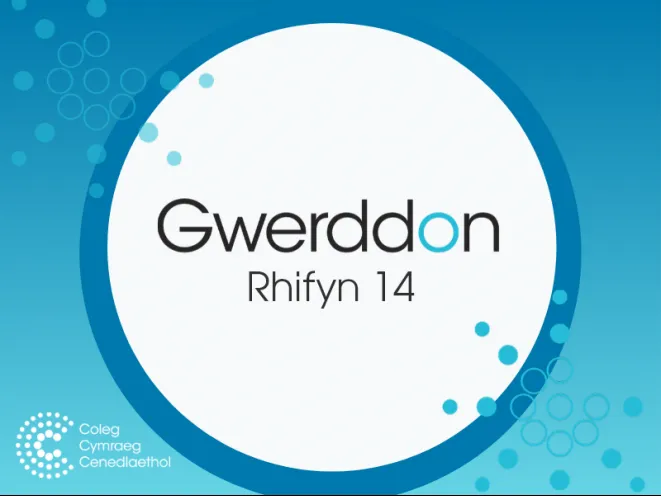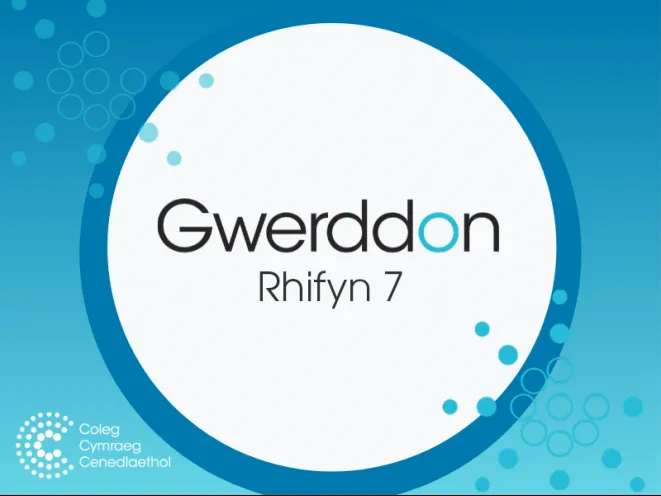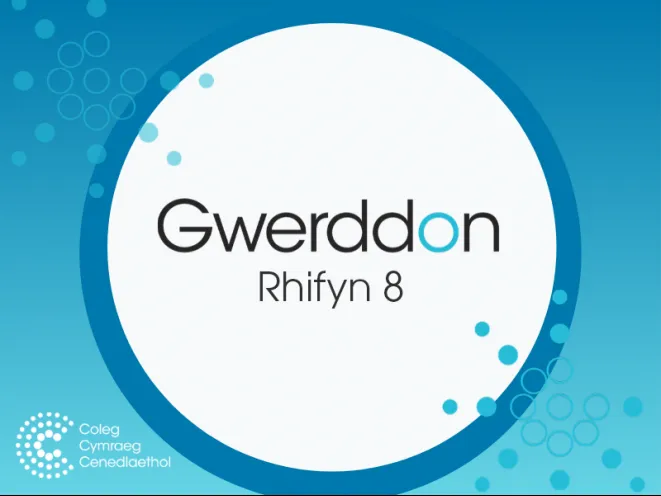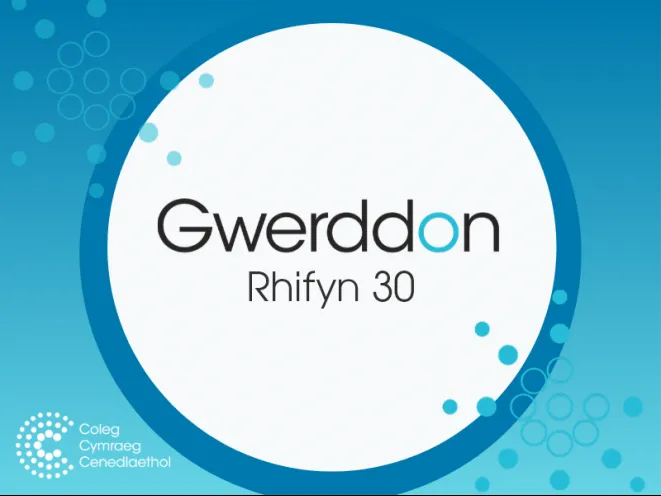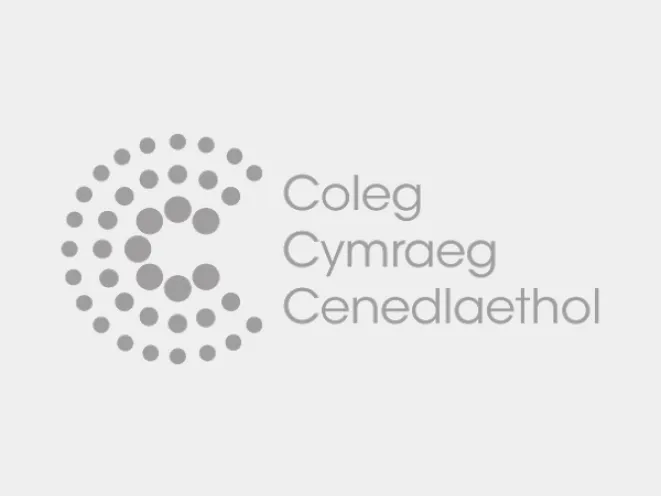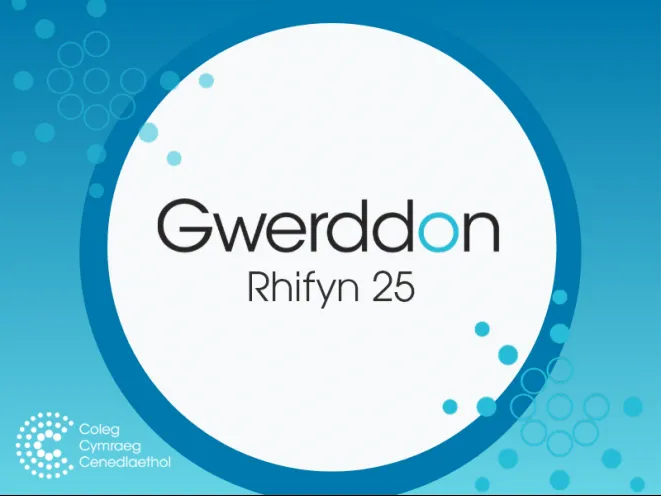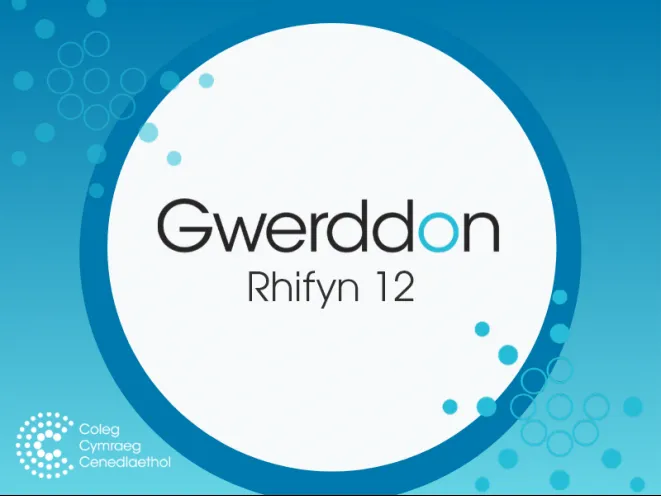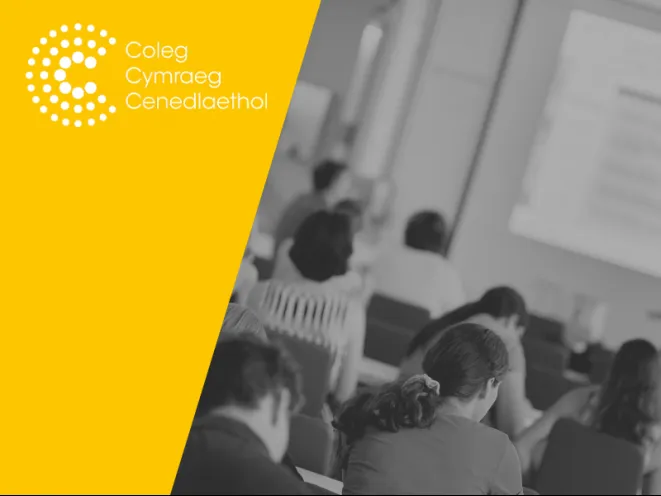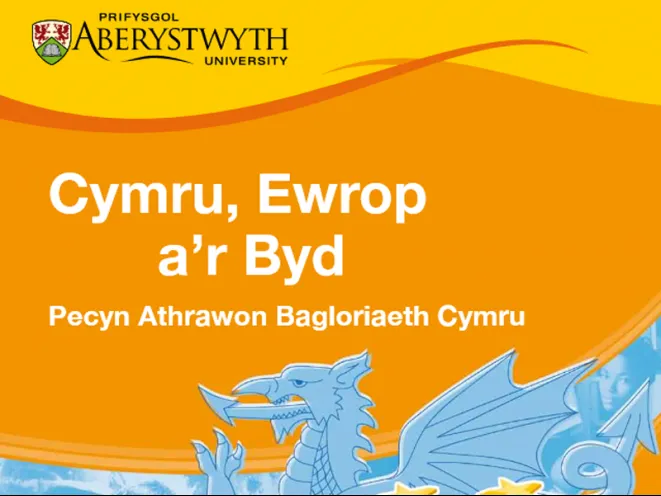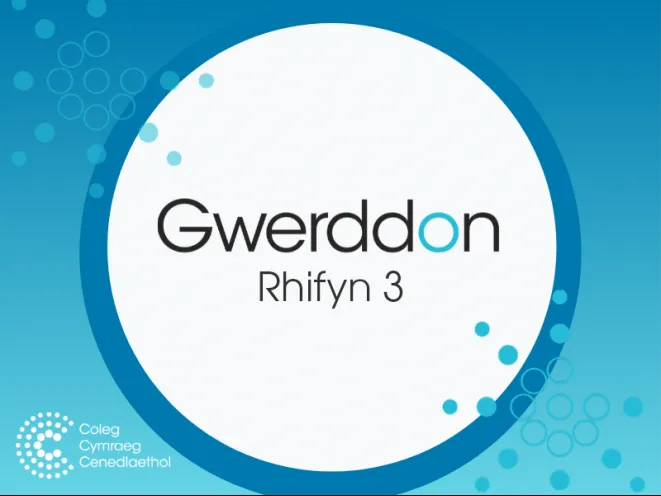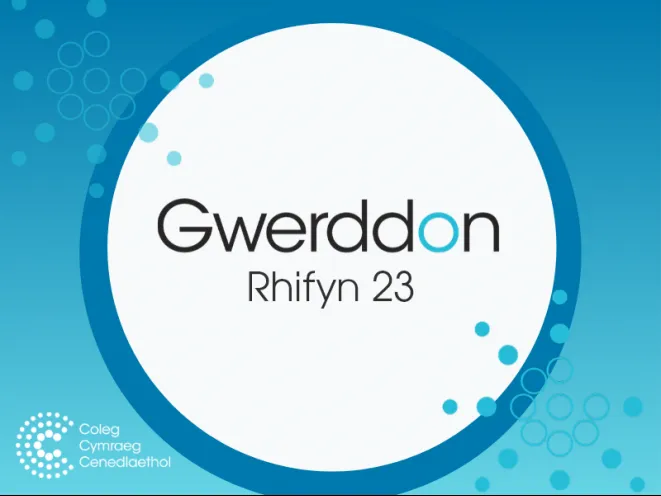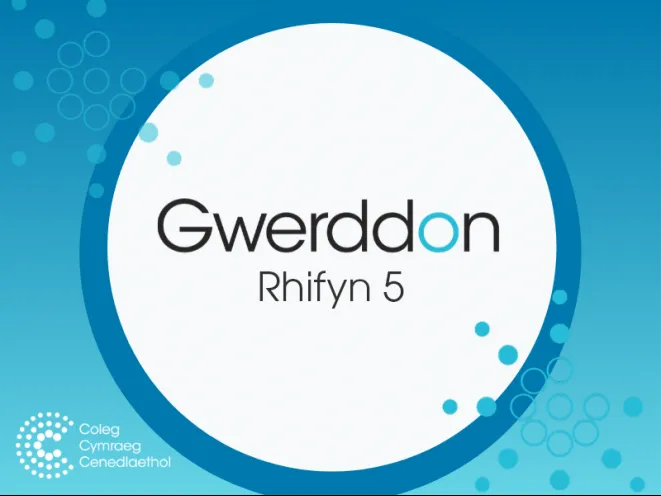Drawing on a rich seam of archival material on Welsh missionary activity in late nineteenth- and early twentieth-century Bengal, the article addresses ways in which care of the sick became a central, if problematic, part of Christian Mission. While the building of dispensaries, clinics and hospitals provided both a platform and a social visibility to the evangelisation process, they also exposed deeper tensions around the politics of gender and the implantation of Western medical practices in a colonised society.
Health and salvation: medicine, the body and the moral order in colonial Bengal 1840-1935
Minority nationalist parties and their adaption to devolution: A comparative study of Plaid Cymru and the Bloq...
In many places, devolution has created new regional arenas within which minority nationalist parties have been highly successful in mobilising support for their national projects. However, scholars have paid scant attention to how minority nationalist parties have adapted as they have become major players in regional politics. This article examines such process of adaptation in the cases of two minority nationalist parties: Plaid Cymru in Wales and the Bloque Nacionalista Galego in Galicia. It is argued that the experiences of these parties in adapting to passing the thresholds of representation, relevance and government in their respective regions are far from unique. Rather, they reflect the challenges that any political party faces when it makes the transition from protest to power.
Wales, nationality and national theatre: Following suit or breaking new ground?
This article is a study of the relationship between nationality and national theatre in Wales from the nineteenth century up to the present day. Welsh nationality is considered in the context of contemporary discussion by the pioneering critics Umut Özkirimli and Hans Kohn on concepts of the nation. The article aims to look into the crucial questions which arise from the historical and current relationships between national theatre, as an arts exercise, and a political expression of national identity in Wales. The significance of national theatre as a tool for expressing national identity is assessed and it is questioned whether the new national theatres of the twenty first century refer back to traditional concepts of the nation and nationality or do they instead exercise a new kind of modern nationality which is defined as ‘an interaction of cultural coalescence and specific political intervention’?
(Performing citizenship: Sisters, a joint production between National Theatre Wales and Junoon Theatre Mumbai)
This article seeks to interrogate the ways in which the citizens of Wales use the theatrical resources at their disposal to investigate and articulate their national identities and experiences. The discussion will take a recent co-production, entitled Sisters, between National Theatre Wales and Junoon Theatre Mumbai as its starting point. Sisters stimulates discussion of new ways of creating and participating in theatre that respond creatively to the challenges of a twenty-first century global, digital and post-consumerist society. In discussion, this article will use Johannes Birringer’s uncompromising vision of theatre as a transformative activity that focuses on patterns of collaboration between unfamiliar and unrooted individuals, as a measuring yard for the success and significance of Sisters. I will also argue that the social conditions that inspired Birringer’s vision also give fresh importance to Amelia Jones’s argument about the value of responding to a production or performance by means of secondary evidence, or ‘detritus’, as described by Mathew Reason.
Archwilio Cymru'r Oesoedd Canol: Testunau o Gyfraith Hywel
Mae'r ddogfen hon gan Sara Elin Roberts a Christine James yn cynnig cyflwyniad cyffredinol i Gyfreithiau Hywel Dda, sef cyfreithiau brodorol Cymru yn yr Oesoedd Canol, trwy roi 'blas' i'r darllenydd ar yr amrywiaeth eang o feysydd gwahanol sy'n cael eu trafod yn y llawysgrifau gwreiddiol - meysydd mor amrywiol â chyfraith Gwragedd a Gwerth Offer, Coed a Chathod, rheolau ynghylch Tir, a Thrais, a Theulu'r Brenin... I gynorthwyo'r darllenydd amhrofiadol, ac er mwyn annog astudiaethau yn y maes, gosodwyd y detholion o'r testunau Cymraeg Canol gwreiddiol ochr-yn-ochr â 'chyfieithiadau' ohonynt mewn Cymraeg Diweddar. Mae rhagymadrodd byr i bob pwnc yn ei dro, a llyfryddiaeth ddethol ar ddiwedd pob uned ar gyfer darllen pellach. Dyma gyfrol a fydd o ddiddordeb a defnydd i bawb sy'n ymddiddori yn hanes y Gyfraith, hanes Cymru neu lenyddiaeth Gymraeg yn yr Oesoedd Canol. Ceir llawer mwy o wybodaeth am Gyfraith Hywel Dda ar wefan Cyfraith Hywel:
‘Memory Contests’, narrative and history in Wehlau’s Heimatmuseum: Negotiating the complicated history and mem...
Between 1945 and 1948, up to twelve million Germans who lived in Eastern Europe were expelled following changes to the country’s borders. Many of these Germans resettled in the Federal Republic of Germany, where they came to be known as ‘expellees’. To commemorate their lost homeland, the expellees opened small museums dedicated to the areas of expulsion. This article explores the ways in which history and memory are portrayed in the museum representing the former East Prussian town of Wehlau. By investigating themes such as the representation of the homeland, the Second World War and the integration of the expellees into West Germany, this article will highlight the similarities, differences and tensions in the expellee and wider German memory culture.
Predicting contributions by the last glaciers of Eryri (Snowdonia) to Younger Dryas carbon cycling
The concept of glaciers as active ecosystems is strongly supported by evidence of significant contributions to global carbon and macronutrient cycles by extant glaciers. Regrettably, the roles of glacial ecosystems in past glaciations are generally overlooked. Therefore we reconstructed glacial habitats and carbon fluxes on the last glaciers of north Wales at their maximum extent during the Younger Dryas chronozone glaciation. Net uptake of 30-180 kg C of CO2 and emissions of 265-1591 g C CH4 per annum are estimated for the palaeoglaciers. This emphasises the hitherto unexplored potential for the last Welsh glaciers as actors in biogeochemical cycles; however our understanding could be extended by linking our knowledge of contemporary glacial ecosystems with analyses of sedimentary biomarkers and thermomechanical models of Devensian ice mass dynamics.
Astudio Busnes Drwy Gyfrwng y Gymraeg
Cyfres o glipiau digidol yn pwysleisio’r manteision o astudio a gweithio trwy gyfrwng y Gymraeg ym myd Busnes.
Bagloriaeth Cymru
Bwriad y ddau becyn yma yw rhoi cymorth i athrawon i gyflwyno’r elfen Cymru, Ewrop a’r Byd o Fagloriaeth Cymru. Trefnwyd y pecynau o gwmpas themâu gwahanol, a phob un yn edrych ar le Cymru yn Ewrop ac yn y byd mewn modd bywiog a chyffrous.
Building Wales's bridges, Ben Barr (2008)
The paper reports on three epochs of bridge building in Wales. The first period, from Roman times to the start of the Industrial Revolution, was dominated by the use of local materials (stone and timber) by local craftsmen. The second period was an integral part of the Industrial Revolution when new bridge building materials (cast iron, wrought iron and steel) were developed and used in the construction of canal and railway bridges. The third period was associated with the growth of traffic following World War II when concrete and steel became the dominant bridge building materials during the development of the trunk roads and motorways. The paper shows, in simple terms, the fundamental structural engineering developments underpinning these developments as new materials became available for bridge building. In particular, the evolvement of various beam cross-sections, tubes and trusses is discussed. Attention is also given to the significant contribution of four world-renowned bridge builders: William Edwards who built the famous arch bridge at Pontypridd; Thomas Telford who built the Pontcysyllte Aqueduct and the Menai Suspension Bridge; Robert Stephenson who built tubular bridges at Conway and over the Menai Straits and I. K. Brunel who built the unique Chepstow Railway Bridge and the railway timber viaduct at Landore, Swansea. Finally, the paper draws attention to some of the unique bridges of Wales.
The effect of Translation Memories on the translation process: Effort and productivity in Welsh translation
Translation into Welsh has now grown into an important industry, and a number of researchers have linked translation to wider efforts in the field of language planning. This article therefore, keeping in mind the importance of translation to language planning in Wales, intends to investigate the effect that Translation Memories have on particular aspects of the process of translating into Welsh, asking whether there is a place for this technology in a professional context. What contribution can this technology make, then, to translation and language planning in Wales?
‘Kaleidoscopic Variety’: Bilingual education in Wales today
Bilingual education (i.e. Welsh and English) occurs widely in Wales. By now, considerable variation exists in the provision of bilingual education and, as in the case of minority languages in other European regions, bilingual education in Wales is a combination of education in language heritage/ maintenance (1st Language Welsh) and immersion education (2nd Language Welsh). Because the bilingual education throughout Wales is characterised by “kaleidoscopic variation” (Baker 1993:15), teachers use a wide variety of teaching methods and bilingual teaching. Following interviews / observations at bilingual secondary and primary schools throughout Wales during 2007-2009, this paper will explain the aims and methodology of the research project in question, before moving on to discuss some initial findings. Specific reference is made to purposeful concurrent use of language, as teachers use both languages concurrently during the lesson. The conclusion is reached that further research is necessary into the 'kaleidoscopic variation' of bilingual educational practice in schools in Wales, as well as the analysis and evaluation of the bilingual teaching modules which were observed.

